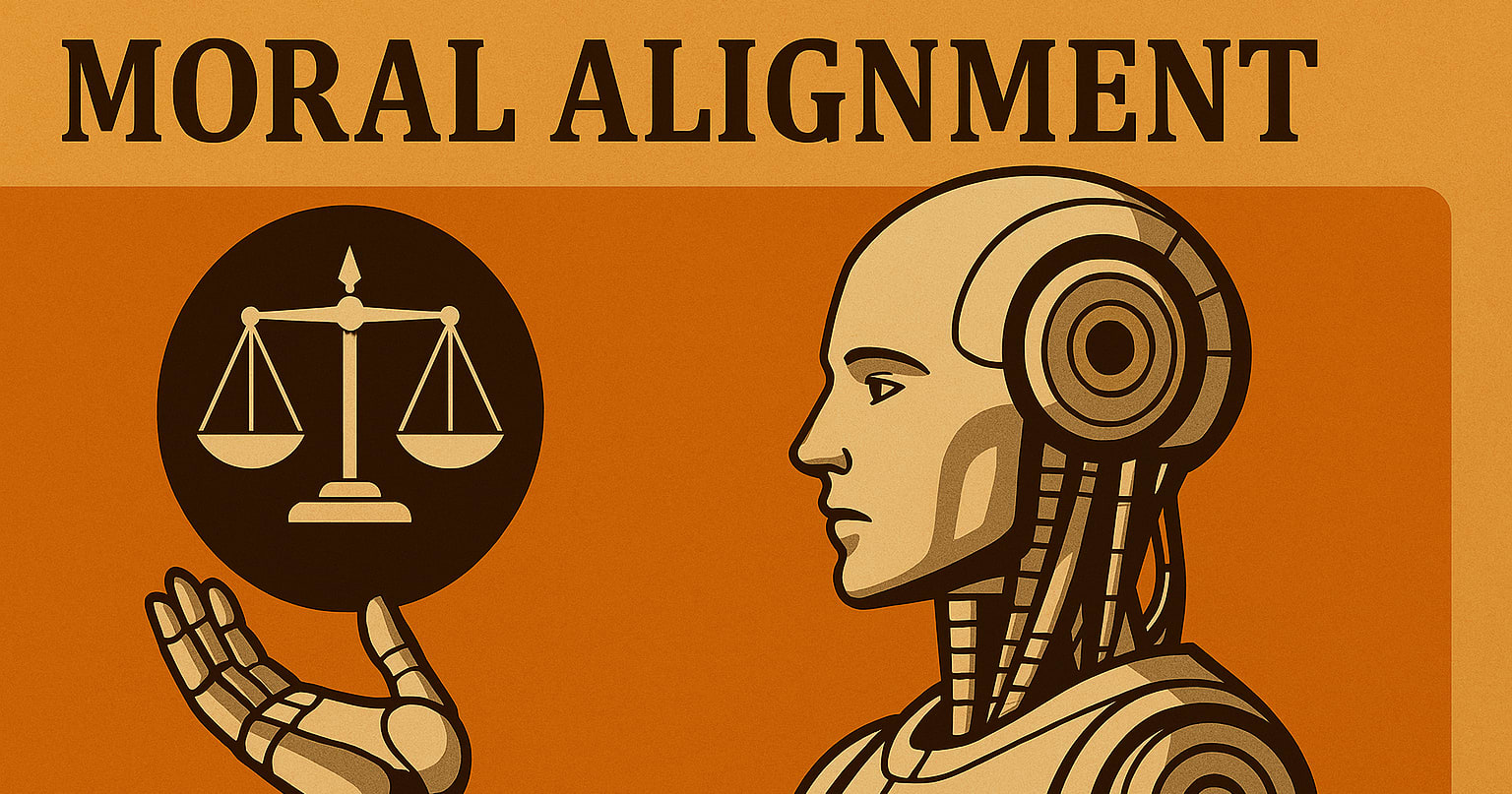by Peter Singer, excerpted from All Animals Are Equal, the first chapter of Animal Liberation, third edition

When we say that all human beings, whatever their race, creed, or sex, are equal, what is it that we are asserting? Those who wish to defend hierarchical, inegalitarian societies have often pointed out that by whatever test we choose it simply is not true that all humans are equal. Like it or not we must face the fact that humans come in different shapes and sizes; they come with different moral capacities, different intellectual abilities, different amounts of benevolent feeling and sensitivity to the needs of others, different abilities to communicate effectively, and different capacities to experience pleasure and pain. In short, if the demand for equality were based on the actual equality of all human beings, we would have to stop demanding equality. Still, one might cling to the view that the demand for equality among human beings is based on the actual equality of the different races and sexes.
However, there is no need to pin the case for equality to one particular outcome of a scientific investigation. The appropriate response to those who claim to have found evidence of genetically based differences in ability among the races or between the sexes is not to stick to the belief that the genetic explanation must be wrong, whatever evidence to the contrary may turn up; instead we should make it quite clear that the claim to equality does not depend on intelligence, moral capacity, physical strength, or similar matters of fact. Equality is a moral idea, not an assertion of fact. There is no logically compelling reason for assuming that a factual difference in ability between two people justifies any difference in the amount of consideration we give to their needs and interests. The principle of the equality of human beings is not a description of an alleged actual equality among humans: it is a prescription of how we should treat human beings.
Jeremy Bentham, the founder of the reforming utilitarian school of moral philosophy, incorporated the essential basis of moral equality into his system of ethics by means of the formula: "Each to count for one and none for more than one." In other words, the interests of every being affected by an action are to be taken into account and given the same weight as the like interests of any other being...
It is an implication of this principle of equality that our concern for others and our readiness to consider their interests ought not to depend on what they are like or on what abilities they may possess. Precisely what our concern or consideration requires us to do may vary according to the characteristics of those affected by what we do: concern for the well-being of children growing up in America would require that we teach them to read; concern for the well-being of pigs may require no more than that we leave them with other pigs in a place where there is adequate food and room to run freely. But the basic element-the taking into account of the interests of the being, whatever those interests may be-must, according to the principle of equality, be extended to all beings, black or white, masculine or feminine, human or nonhuman.
Thomas Jefferson, who was responsible for writing the principle of the equality of men into the American Declaration of Independence, saw this point. It led him to oppose slavery even though he was unable to free himself fully from his slaveholding background. He wrote in a letter to the author of a book that emphasized the notable intellectual achievements of Negroes in order to refute the then common view that they had limited intellectual capacities:
“Be assured that no person living wishes more sincerely than I do, to see a complete refutation of the doubts I myself have entertained and expressed on the grade of understanding allotted to them by nature, and to find that they are on a par with ourselves... but whatever be their degree of talent it is no measure of their rights. Because Sir Isaac Newton was superior to others in understanding, he was not therefore lord of the property or persons of others.”
It is on this basis that the case against racism and the case against sexism must both ultimately rest; and it is in accordance with this principle that the attitude that we may call "speciesism," by analogy with racism, must also be condemned. If possessing a higher degree of intelligence does not entitle one human to use another for his or her own ends, how can it entitle humans to exploit nonhumans for the same purpose?
It may be objected that comparisons of the sufferings of different species are impossible to make and that for this reason when the interests of animals and humans clash the principle of equality gives no guidance. It is probably true that comparisons of suffering between members of different species cannot be made precisely, but precision is not essential. Even if we were to prevent the infliction of suffering on animals only when it is quite certain that the interests of humans will not be affected to anything like the extent that animals are affected, we would be forced to make radical changes in our treatment of animals that would involve our diet, the farming methods we use, experimental procedures in many fields of science, our approach to wildlife and to hunting, trapping and the wearing of furs, and areas of entertainment like circuses, rodeos, and zoos. As a result, a vast amount of suffering would be avoided.




I don't think Singer is committing himself to either of the two conceptions of equality that you distinguish in your comment. Rather, he is merely making the uncontroversial point that giving equal consideration to the interests of different beings doesn't require one to treat these beings equally. All plausible forms of egalitarianism agree with this basic idea. The passage immediately following the sentence you quote makes this clear: